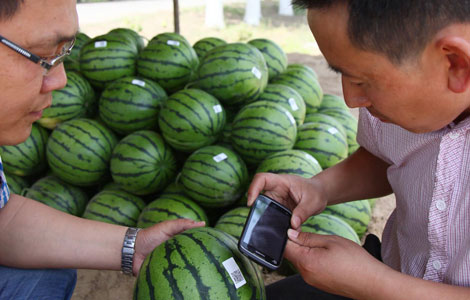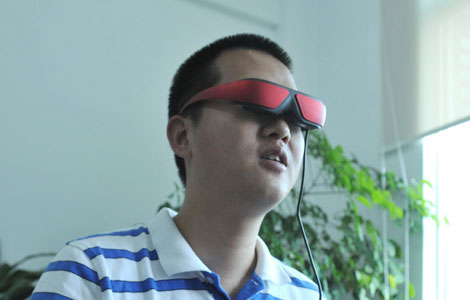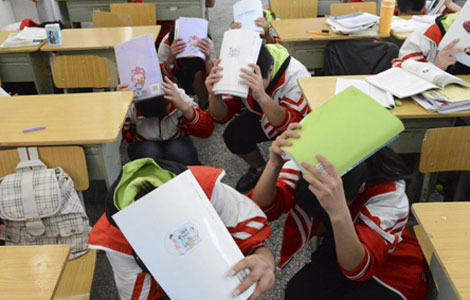
4G fever
Compared with the TD-LTE technology, its predecessor - Time Division Synchronous Code Division Multiple Access (TD-SCDMA), attracted much less industry support. Although the Chinese-developed TD-SCDMA was set up as a global 3G standard, its use was limited to within China.
There has been a significant contrast between foreign companies' commitments to China's 3G and 4G technology. Tina Tian, chief telecom analyst with Gartner's China office, said it is because TD-LTE could introduce a much bigger business opportunity for participating companies.
"The globalization of TD-LTE technology is proceeding well. Countries such as Japan and Saudi Arabia have even overtaken China to offer commercial services," Tian said.
China Mobile Chairman Xi Guohua said he is very excited that TD-LTE has become a global 4G standard. "The TD-LTE technology is very popular across the world. I am confident it will account for 50 percent of the LTE industry in the future," Xi told China Daily.
There is another incentive for foreign companies fiercely grappling with 4G opportunities - the sluggish telecom spending by the world's operators, said Xiang Ligang, a Beijing-based industry insider.
"Mobile operators have been reducing their investments as they grapple with a sharp downturn in their revenues," Xiang said. So major telecom equipment companies, including Ericsson, Nokia Siemens and ZTE, have experienced a tough financial situation and some of them have to lay off staff and sell assets to cut costs.
"The industry downturn forced companies to look for a business sector that has high growth rates. Of course, 4G business has the potential," he added.
TD-LTE war
Chang Gang, chief marketing officer of Ericsson China, admitted Ericsson faced tougher competition in the TD-LTE field than in the FDD LTE area.
Foreign telecom equipment vendors achieved less than a 30 percent market share in total during the first round bidding of China Mobile's TD-LTE tender. Chinese rivals Huawei Technologies Co acquired a 23.8 percent share and ZTE Corp managed 22.1 percent, according to figures from research firm IHS iSuppli.
Pricing strategy is one of the reasons that international telecom companies failed to beat local rivals, Zhao Hailin, an analyst at IHS iSuppli, said.
"Chinese companies such as Huawei and ZTE usually adopt a more flexible pricing strategy," Zhao said. Foreign companies demanded a more expensive price. In addition, Chinese carriers prefer to offer more contracts for domestic companies.
"Ericsson is not going to enter a price war," Chang said. For TD-LTE going global, it is important to allow more industry players to join the game. Since Ericsson has a unique position in the world's LTE industry, the company can introduce more value for China Mobile, he said.
"We all want to see TD-LTE becoming a truly global standard, not only a Chinese standard," Chang said.
Borchert at Nokia Siemens Networks expressed a similar view. "For TD-LTE, we need to learn from the experience of 2G and 3G. The 2G GSM network enjoyed a big global eco-system and was also deployed by major operators," he said.
As a result, GSM became a great success. "For TD-LTE, it is very important to learn lessons from the success of GSM, which means we need to create a strong supplier base and a strong global eco-system," Borchert said.
"Nokia Siemens Networks has a very compelling proposition for China Mobile. Based on our strong support, we can help drive TD-LTE to develop global adoption," he added.







